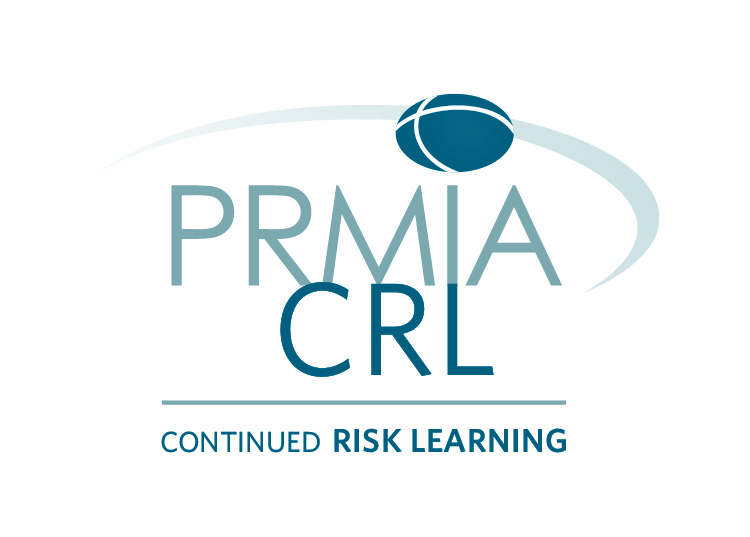Risk Appetite Statements and Frameworks

In this course, David Tattam, Chief Research and Content Officer at Protecht, focuses on improving knowledge and skills in relation to setting risk appetite and tolerance for your organization’s key risks.
 Course Launch:
Course Launch:
On-Demand
Course Access: 90 days from date of purchase
 Time:
Time:
4 Hours
| About This Course |
| |
|
Course Description
In this course, you'll learn:
1. The uses and value of risk appetite
- Freedom to operate
- Escalation and reporting
- Decision making
- Assurance
2. What risk appetite is and what it means
- The concept of risk appetite
- Appetite, tolerance, capacity
3. Risk appetite framework
- Risk appetite and ISO 31000
- Risk appetite as part of your ERM framework
- The relationship between risk and reward
4. Determining risks to set appetite for
- Linking to risk taxonomy
- How granular?
5. Articulating risk appetite
- Qualitative, quantitative and semi quantitative
- Appetite for inherent and/or residual risk
- The various ways risk can be measured and appetite articulated
- A suggested framework for articulation
- Qualitative
- Quantitative – risk tolerances
- Semi quantitative – risk matrix
- Prohibition statements
6. Appetite articulation and appetite evaluation zones
- Qualitative appetite zones
- Escalation zone
7. Setting appetite and tolerance for outcomes and risks
- Setting appetite for outcomes
- Setting appetite for risks
- Setting boundary thresholds
- Visualising risk appetite and tolerances
8. Using the likelihood and impact matrix
- Limitations of the risk matrix for risk appetite
- Modifications needed to reflect risk appetite
9. Setting risk tolerances for financial and non-financial risks
- Practically setting risk appetite
- The principles of setting risk appetite
- Setting risk appetite for financial risks
- Examples of financial risk categories and measures
- etting risk appetite for operational risks
- Setting risk appetite for strategic risks
10. The risk appetite statement
- Content and Format – A blueprint RAS
11. Operationalizing the risk appetite
- Cascading through the business
- Artefacts to use: policies, delegations etc.
12. Risk reporting using the risk appetite
- Purpose of risk appetite reporting
- Examples of reporting against risk appetite
13. Responsibilities for risk appetite
- Roles, responsibilities and ownership
- Who uses risk appetite
14. When risk appetite is revised
- Dynamic risk appetite
- Integration into strategic planning
- Reviewing tolerance levels
Course Expectations:
- Watch 23 videos
- Answer 4 knowledge questions
- Complete 1 interactive risk appetite test
- Answer 10 quiz questions
Timings:
- 3 hours of video content
- Approximately 4 hours for the whole course
|
| About Our Experts |
|
 |
| |
|
David Tattam is the Chief Research & Content Officer and co-founder of the Protecht Group. David's vision is to redefine the way the world thinks about risk and to develop risk management to its rightful place as being a key driver of value creation in each of Protecht's customers.
Michael Howell is Protecht's Research and Content Lead. He is passionate about the field of risk management and related disciplines, with a focus on helping organisations succeed using a ‘decisions eyes wide open’ approach.
|
| Continued Risk Learning Credits: 4 |
 PRMIA Continued Risk Learning (CRL) programs provide you with the opportunity to formally recognize your professional development, documenting your evolution as a risk professional. Employers can see that you are not static, making you a highly valued, dynamic, and desirable employee. The CRL program is open to all Contributing, Sustaining, and Risk Leader members, providing a convenient and easily accessible way to submit, manage, track and document your activities online through the PRMIA CRL Center. To request CRL credits, please email [email protected].
PRMIA Continued Risk Learning (CRL) programs provide you with the opportunity to formally recognize your professional development, documenting your evolution as a risk professional. Employers can see that you are not static, making you a highly valued, dynamic, and desirable employee. The CRL program is open to all Contributing, Sustaining, and Risk Leader members, providing a convenient and easily accessible way to submit, manage, track and document your activities online through the PRMIA CRL Center. To request CRL credits, please email [email protected].
| Registration |
| Membership Type |
Price |
| |
|
| Members |
$479 |
| Non-members |
$599 |
If this is your first time accessing the PRMIA website you will need to create a short user profile to register. Save on registration by becoming a member.
Register Now
Registration not available.